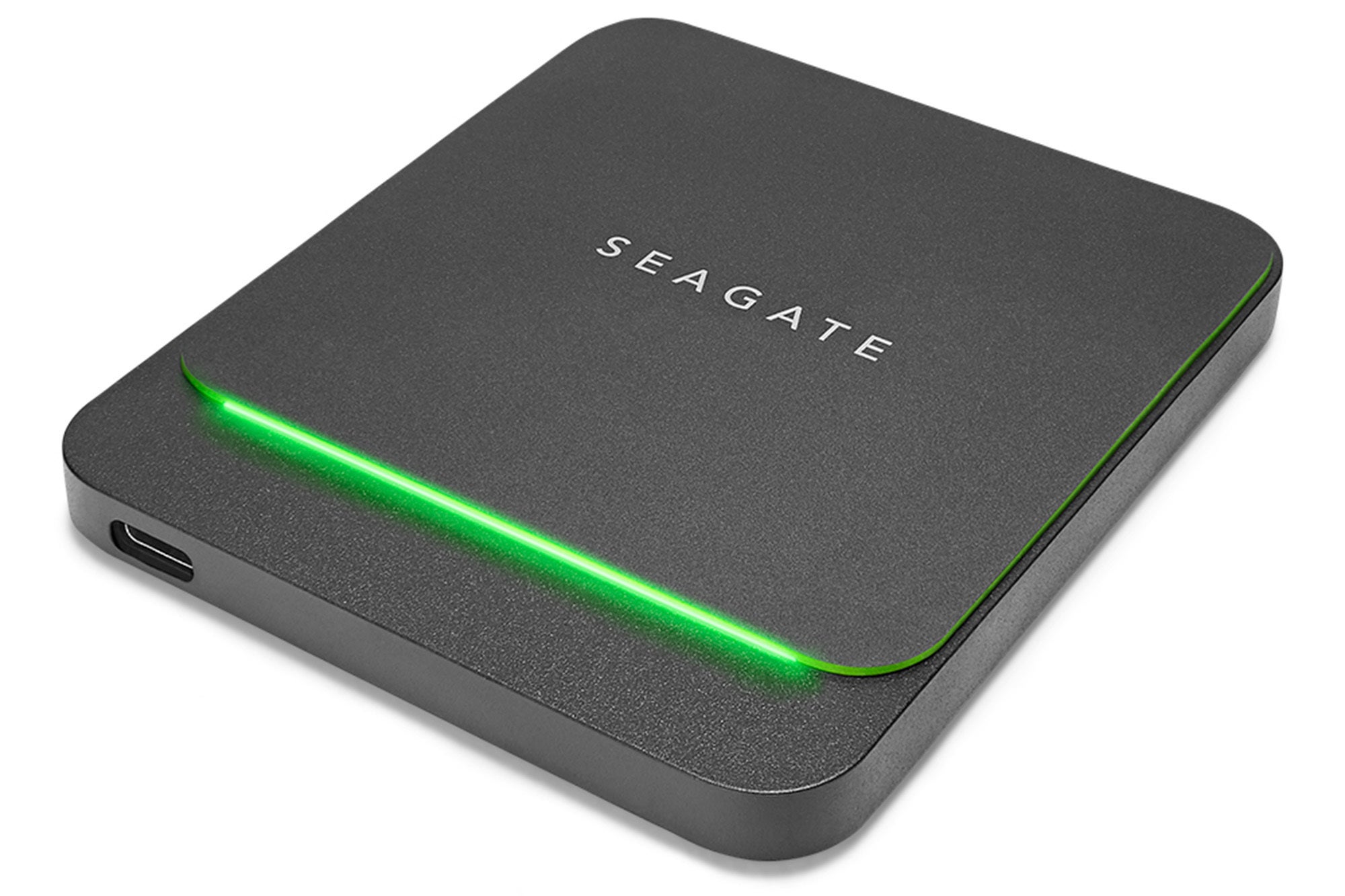Thunderbolt externals are as fast or faster than internal drives, even (normally connected) ssd’s. A Pcie external drive can be as fast as an internal or faster if the ssd is connected through sata.
What is the lifespan of an SSD? The most recent estimates put the age limit for SSDs around 10 years – though the average SSD lifespan is shorter. A joint study between Google and the University of Toronto tested SSDs over a multi-year period. It was found that the age of the SSD was the primary determinant of when an SSD stopped working.
How much slower is an external SSD?
SSDs are slower at reading small files – about 25-50 MB/s, which is nowhere near USB 3.0’s speed cap. So in most read/write operations with mixed file sizes, the vast majority of the time is spent reading/writing the small files, so the sequential speeds don’t really make much difference.
What is the fastest SSD connection? PCIe SSDs have more bandwidth and will provide three to four times the speed and performance than SATA SSDs, which means that PCIe SSDs are the fastest type of SSDs.

Where do I put my SSD in my computer?
To install the SSD as a secondary drive (not your primary or boot drive), use a SATA cable and attach one end of the cable to the SATA connector on your motherboard. Attach the other end of the SATA cable to your Crucial SSD.
Can you recover data from dead SSD?
It’s possible to recover data from dead SSD if the SSD died of natural causes (memory cells stopped working). A simple way to recover data from a dead SSD is to simply clone it to a new drive, although you can also connect it to another PC as a secondary device.
How do I keep my SSD healthy? Top 7 Tips to Get the Most from your SSDs
- Enable TRIM. TRIM is essential for keeping SSDs in tip-top shape. …
- Don’t Wipe the Drive. …
- Update Your Firmware. …
- Move Your Cache Folder to a RAM Disk. …
- Don’t Fill to Full Capacity. …
- Don’t Defrag. …
- Don’t Store Large Files.
Can SSD lose data without power? SSDs based on NAND Flash will slowly leak charge over time if left for long periods without power. This causes worn-out drives (that have exceeded their endurance rating) to start losing data typically after one year (if stored at 30 °C) to two years (at 25 °C) in storage; for new drives it takes longer.
Can I use SSD through USB?
Connect your SSD to your PC externally via a USB point – a USB-to-SATA cable should be included with your SSD drive. … Remove any other external drives (such as an external hard drive) then connect the SSD via USB.
Is SSD faster than HDD over USB? It is definetly much faster than any hard drive. Yes, a USB 3.0 external SSD is faster than a laptop’s HDD because of its fast transfer rate and its configuration. External SSD like SATA 3Gbps can be your best choice from all other drives in the market for its high performance.
Is USB C fast enough for SSD? Despite its tiny size, inside is 512GB of SSD storage, and thanks to USB-C 3.1, you get up to 540MB/s data transfer speeds. It’s durable, attractively priced, and comes included with pretty solid encryption to help keep your data safe.
What is a drawback of SSDs? Disadvantages of SSDs
Consumer-grade SSDs are more expensive than consumer-grade hard drives. Due to the unique file system structure of an SSD, data extraction can be an extremely difficult and lengthy process. Because the data recovery process is so difficult and takes so long, it can be quite expensive.
What are the 3 types of SSD?
What type of SSD do you need in your laptop?
- SATA SSD.
- NVMe SSD.
- M.2 connector.
- PCIe connector.
- Conclusion.
Is SSD as fast as RAM?
RAM Speed. RAM is orders of magnitude faster than an SSD. … A relatively fast SSD may achieve real-world write speeds of 456MB/sec, though. The theoretical maximum speed of RAM is in its PC number, so a module of PC3-12800 memory can transfer 12,800MB/sec–roughly 30 times faster than the real world performance of an SSD …
Do I need to install Windows on my new SSD? No, you don’t need to install Windows onto a secondary drive for it to perform the function you want. As long as your current boot drive is recognised in BIOS as the first choice nothing will change.
Do SSDS need to be mounted? The boot SSD has a little slot where the cable goes down and around to plug into the sata data ports, but the power supply is underneath the second bracket, so the cable can’t fit through. Without that the SSD won’t line up with the screw holes to be attached to the bracket.
Can I plug in SSD while computer is on?
Yes. Technically you can because the SATA Hard Drives are hot-swappable. Yes, you can plug in a hard drive while the computer is on. If you’re plugging in an internal drive then never do that, this can result in either motherboard damage or the harddisk damage.
Why do SSD fail so much? SSDs can fail, but in a different way than traditional HDDs. While the latter often fail because of mechanical issues, SSDs may fail due to the methods used to write information. … Each P/E cycle gradually degrades the memory of an SSD’s cells until they eventually become worn down.
How do I know if my SSD is bad? SSD Failure
- Files can’t be read from or written to the drive.
- The computer runs excessively slow.
- The computer won’t boot, you get a flashing question mark (on Mac) or “No boot device” error (on Windows).
- Frequent “blue screen of death/black screen of death” errors.
- Apps freeze or crash.
- Your drive becomes read-only.
What happens when an SSD dies? Intel’s SSDs are designed so that when they fail, they attempt to fail on the next erase – so you don’t lose data. … If the drive can’t fail on the next erase, it’ll fail on the next program – again, so you don’t lose existing data.
What should you not do with an SSD?
Things you really shouldn’t do with a SSD drive
- Don’t defragment your SSD drive. …
- Don’t wipe your SSD drive. …
- Don’t use old operating systems like Windows XP or Windows Vista. …
- Don’t disable TRIM. …
- Don’t fill a SSD drive to its full capacity. …
- Don’t write to SSD drives constantly.
How do I increase the lifespan of my SSD? Contrary to popular belief, solid-state drives can benefit from occasional defragmentation — there is such a thing as too much fragmentation — but it does not have to occur on a regular basis. Disabling the system’s pagefile or moving the pagefile to a different drive can also extend SSD lifespan.
Does SSD have longer lifespan? Current estimates put the age limit for SSDs around 10 years, though the average SSD lifespan is shorter. In fact, a joint study between Google and the University of Toronto tested SSDs over a multi-year period.

